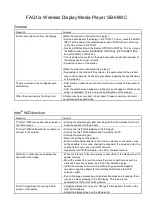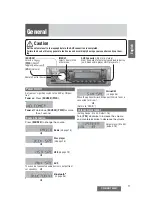
SerialGate User Guide
79
The problem may be the result of mismatched or duplicate IP addresses. Verify that the
IP address is correctly loaded into SerialGate (via the displayed or printed configuration
information or through the remote console), and make sure that no other nodes on the
network have this address (duplicate addresses are the biggest cause of TCP/IP
connectivity problems). If the IP address is not correct, then check whether the loading
procedure was properly executed.
Also verify that the host computer and SerialGate are using the same subnet masks (for
example, if SerialGate has a subnet mask of 255.255.255.0, the host must have the same
subnet mask) or that the router is properly configured to pass data between the two
devices.
If the wrong IP address is loaded, check your network for DHCP server, and make sure
that the server is not set up to load wrong IP addresses into SerialGate.
Troubleshooting Windows Problems
If you are having trouble accessing the connected serial device through Windows, ensure
you can ping SerialGate using the command PING x.x.x.x, where x.x.x.x is the IP address
of SerialGate. If you cannot ping SerialGate, you will not be able to access the serial
device.
While using Serial IP Redirector (RFC-2217) and encountered a problem, check if the
correct virtual COM port is being used. Make sure that the COM port settings are
configured properly from the application software.









































